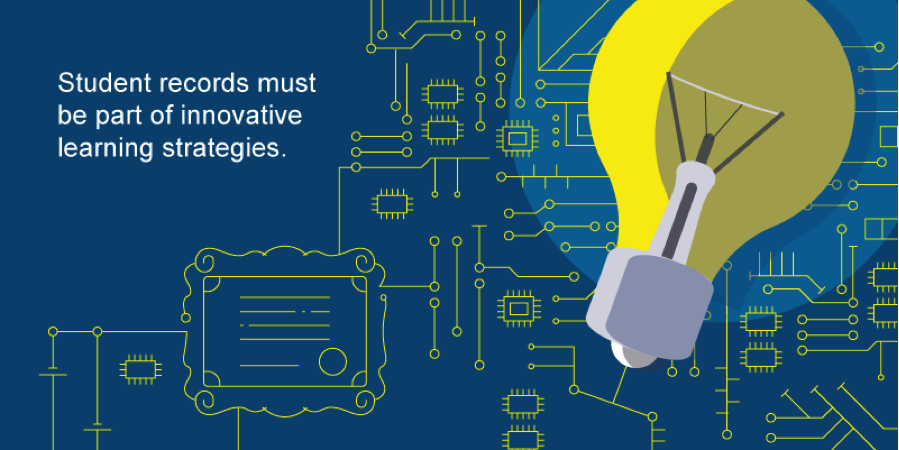
Higher Ed
Removing Barriers to Completion With Course Sharing

People have tried to revolutionize the field of education for centuries. Even within the past decade, several entrepreneurs launched new education models with the idea of revitalizing the current school system, often using derivatives of Montessori methods to help students direct their own education. Many of these models lack the typical markers of normal schools – namely homework, grades and standard curriculums.
These schools – which include Acton Academy, Heroes Academy, QuantumCamp, Ad Astra and others – vary in their specific approaches but often have similar methods. Students, lacking books and strict learning schedules, get to choose projects that focus on specific concepts during a certain time frame. For example, one semester may be devoted to studying math, biology, and history, and students would have the entire session to complete a project that exemplified these learning concepts. In this example, they might research crops indigenous to the area, grow them in gardens, then use them in a cooking experiment.
These methods are unconventional, to say the least, but their proponents are betting big. They believe that giving students the reigns to their own education will not only get them more engaged in the learning process but better prepare them for the work environment of the future. Yet, there’s one important element missing from this conversation: How will students who learned under innovative teaching strategies prove their knowledge to colleges and employers?

“Innovation” is the buzzword of the 21st century, so it makes sense that people would try to bring this concept to education. Indeed, many of these school programs are backed by major innovators like Elon Musk and Mark Zuckerberg. Given their extreme success, it stands to reason that these types of schools will succeed as well.
Yet, many people are concerned about their future. Many of these schools are priced so high that only the wealthy can afford them, and some have had to close schools or scale back buildings.
These are valid concerns, but the fact of the matter is that innovative teaching strategies won’t go away. They may take another form over the next few decades, but people will forever try to reinvent the way students learn.
That said, the topic missing from the conversation is not what students will learn or how they will learn it, but rather how they will prove what they’ve learned to prospective schools and employers. A child with the potential to become a neurosurgeon could come from one of these innovative schools, but how will she get into a pre-med program without a record of her K-12 grades?
Student records must be part of innovative learning strategies. Credentials aren’t a tool to formalize education, nor do they take away a student’s creativity or sense of exploration. Rather, they’re verified ways that students can prove to organizations outside the innovative education model that they have the knowledge and skills to succeed in the future. A school without a set curriculum is all well and good, but why would a school or business accept a student from this area rather than one who has a 12-year track record?
Many of these innovative school models incorporate technology into new ways, so digital credentials would naturally fit well into these systems. Schools even have the power to create their own transcripts, so they can record the metrics of their choice.
To see how digital credentials can benefit innovative education models, contact Parchment today.
